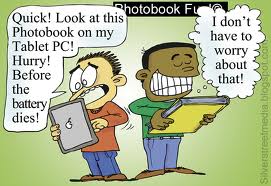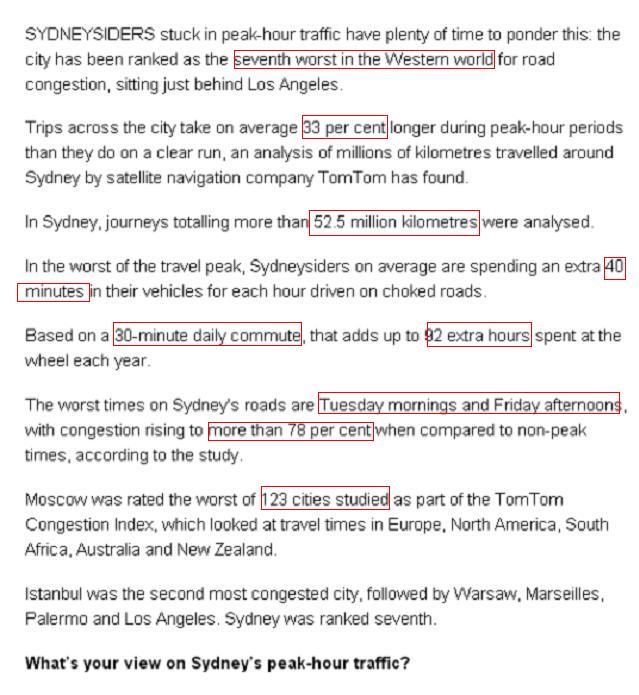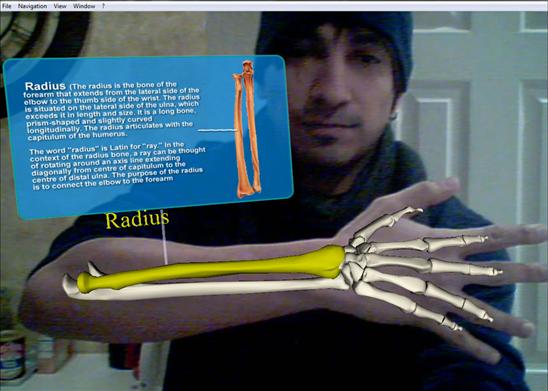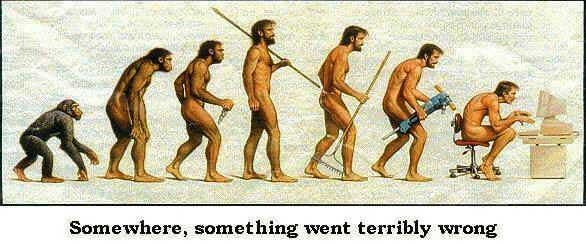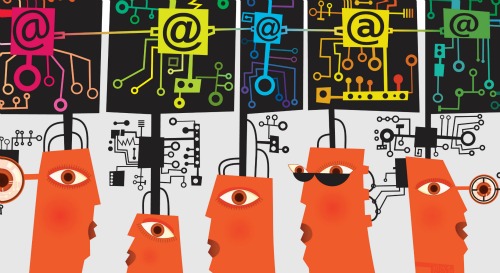A particular point I would like to highlight for my final blog is the abundance of change within the media over the last 5-10 years. Actions that used to takes hours to perform can be done in minutes and things that would usually take minutes now takes seconds.
What am I talking about? Well a perfect example of how media has changed a regular norm throughout the last five years that I can recollect is reading a book. taking into consideration the context 5 years ago normally you would have to search through your local bookstore or library to find additional resources, whether it be fictional, non-fictional or academic reasons and now through the creation of online stores, tablets and ability of online platforms which now enable the reader to view an infinite number of texts online, the act of reading a book and physically turning each tactile paper page has been completely re-developed.
Although this redevelopment does seem to be beneficial for book lovers on the go, the die-hard book lovers who appreciate the act of turning each page and embracing the smell that comes with older books.
Not only are our social behaviours constantly changing due to technology always evolving, but brand new jobs are becoming available due to emerging sectors e.g. social media. Through my studies at university we have become more aware of companies desperation to become linked in the social media world, because being not connected or in some way involved has the potential to cause a media crisis, For example in 2001the public within the Philippines were able to coordinate a major protest in Manila following the possibility that their President might of been let off the hook for wrong doing. But due to the strong online and social media presence of the people Estrada (the former President of the Philippines) was then forced out as a national leader (https://www.diigo.com/bookmark/http%3A%2F%2Fwww.foreignaffairs.com%2Farticles%2F67038%2Fclay-shirky%2Fthe-political-power-of-social-media?tab=people&uname=andersand).
In the above image you’ll find a general search I did typing in social media into the job search on seek one of Australia’s largest job site and already 1853 jobs are available to apply for. This example on Seek provides evidence in backing up my conclusion that media is constantly evolving in so many various ways and that we have become completely unaware of this occurrence that we subconsciously accept it straight away, e.g. with the introduction of iPad, the idea was initially praised for its innovative design and abilities whereas now only three years down the track (the iPad was introduced on Jan 27, 2010) it has become a regular if not compulsory gadget to have around the house.
